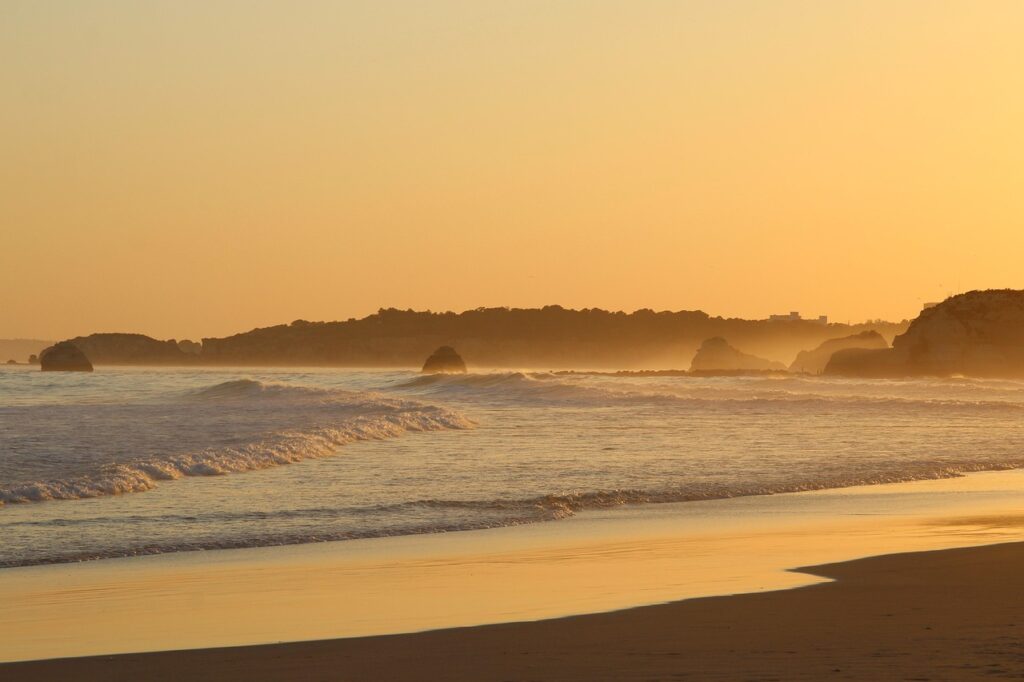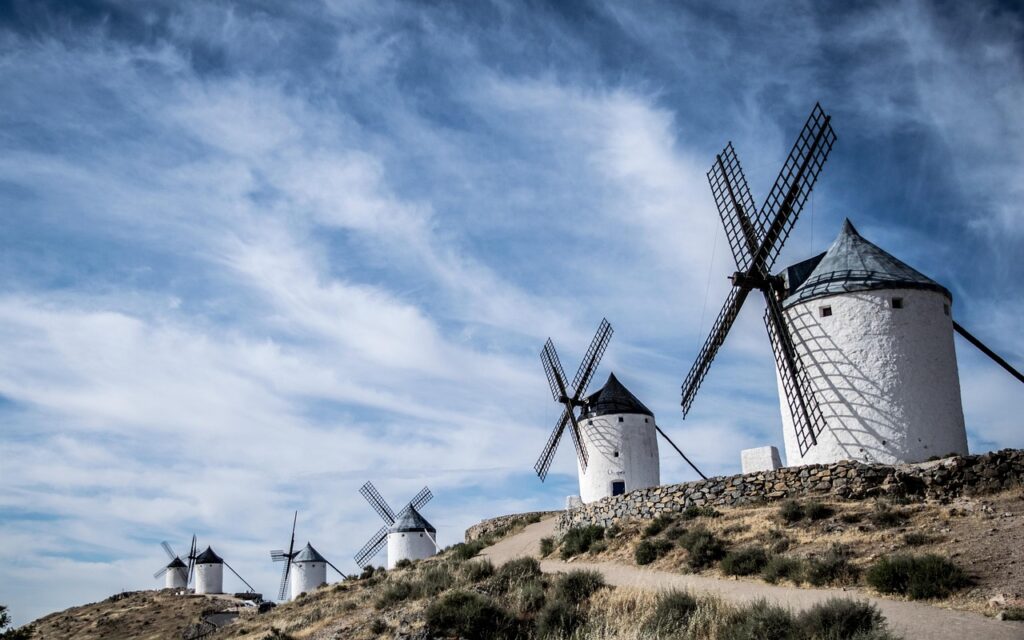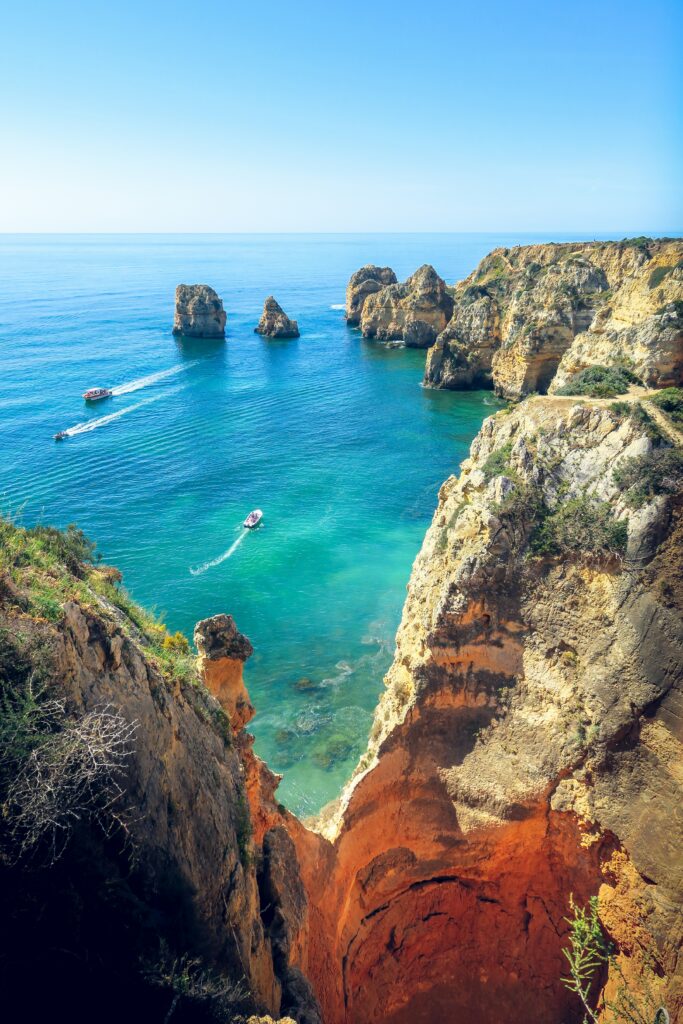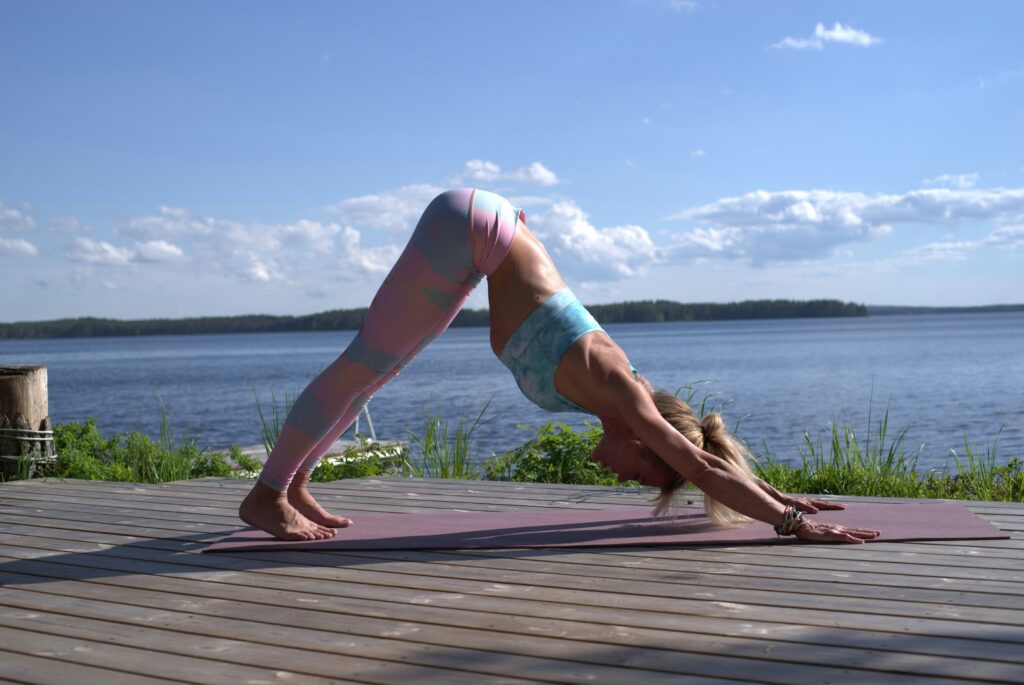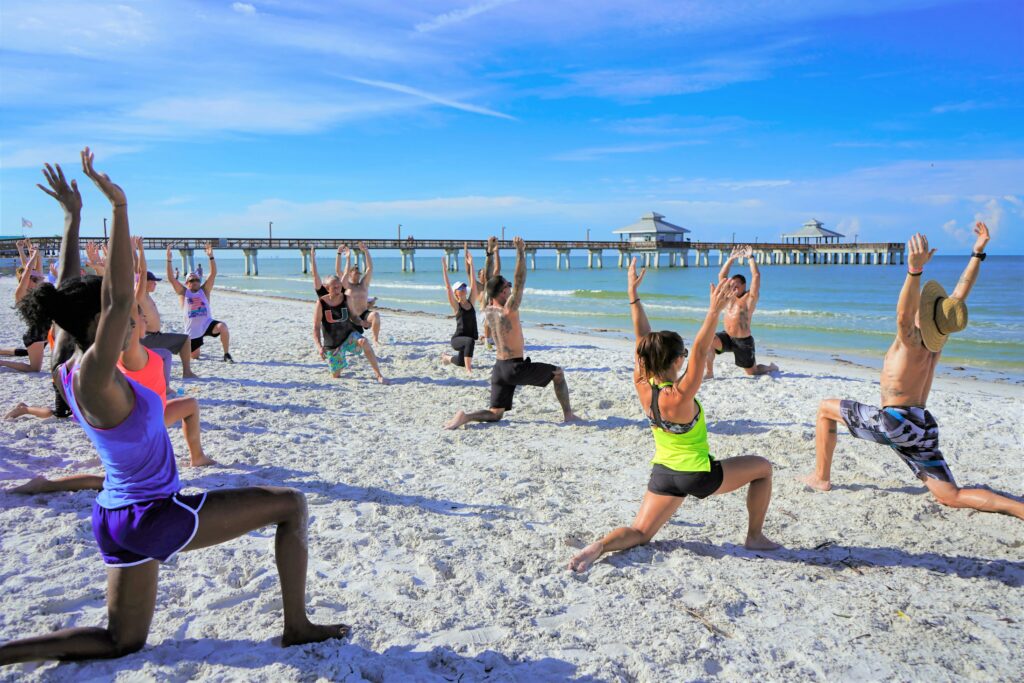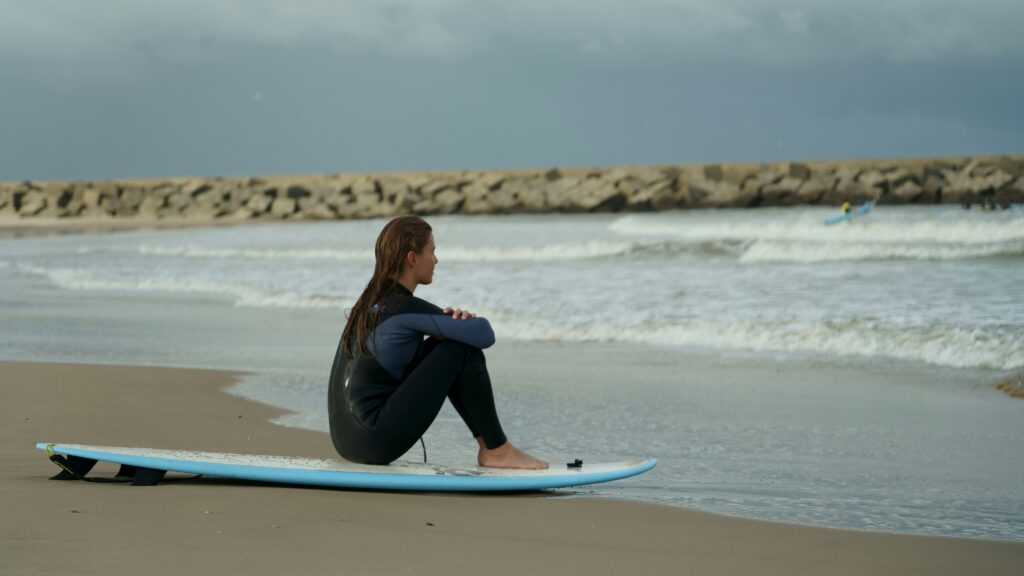Where Time Expands into Space
There are places that don’t need marketing; they breathe their own mythology.
Tuscany is one of them.
It’s not just a landscape but a frequency — the slow hum of cicadas between olive groves, the warmth of sun on terracotta, the quiet invitation to soften.
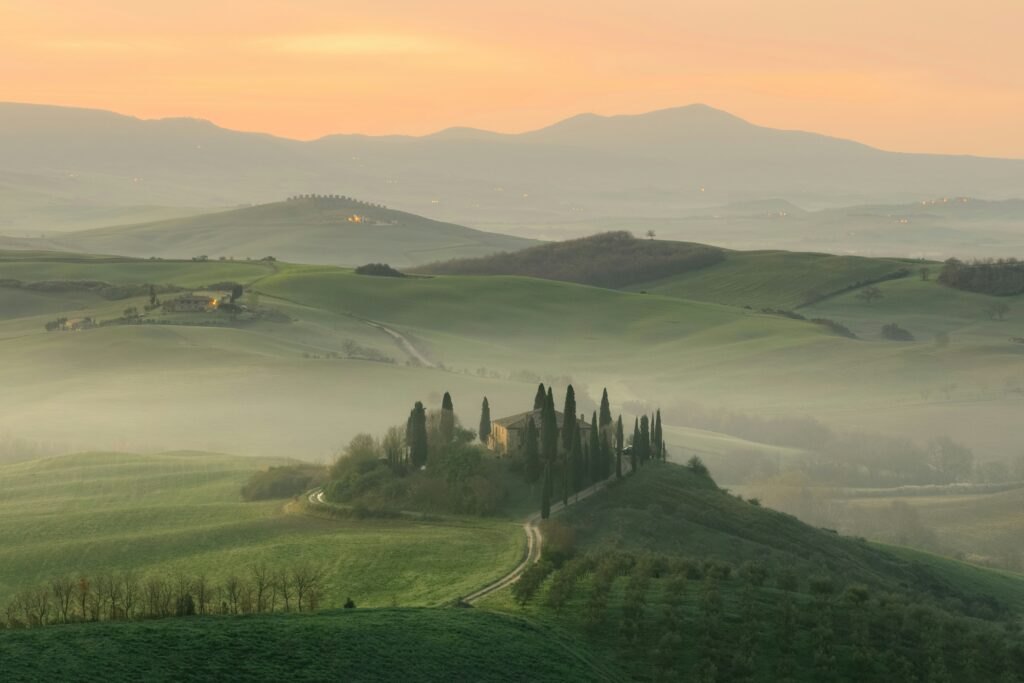
When you come here for a yoga retreat, the first lesson is simple: you don’t need to do much.
Tuscany does the work for you.
Its stillness enters through the skin, travels through the breath, and begins undoing the tension you didn’t know you carried.
The Mood of the Land
Tuscany’s geography is all curves — no sharp lines, no hard edges.
Everything flows: the hills, the language, the light.
This softness seeps into your nervous system.
Mornings begin with mist hanging over vineyards, dissolving slowly as the sun rises.
The smell of rosemary and wheat.
The clinking of cups in the distance.
By afternoon, gold floods the fields; by evening, silence hums between the cypresses.
It’s a rhythm that teaches balance — the effortless equilibrium between motion and rest that defines true wellness.
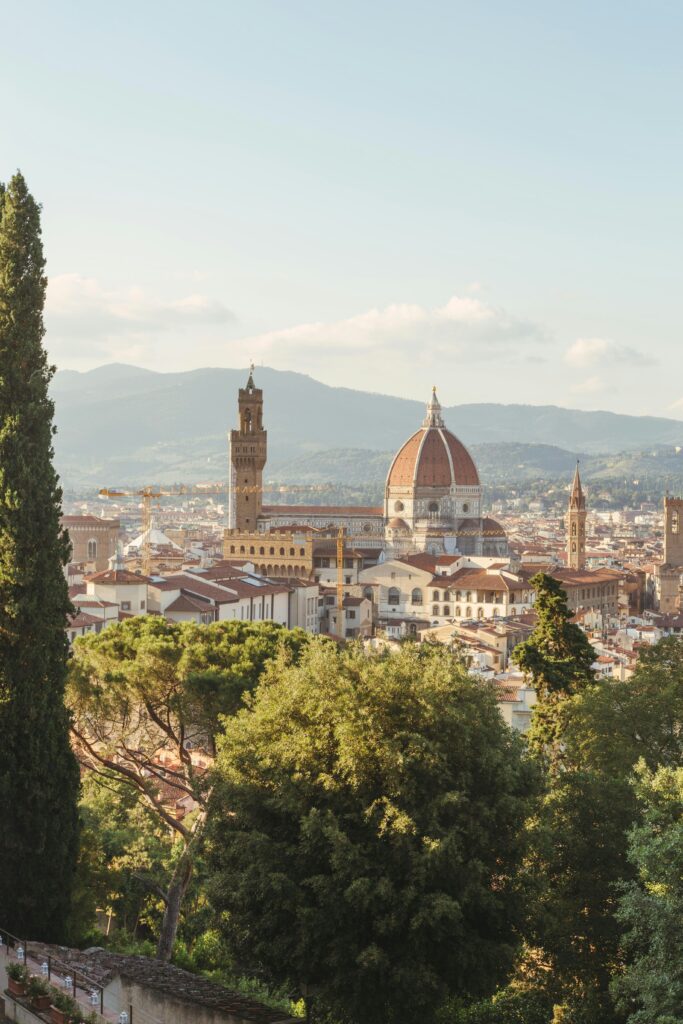
What You’ll Find Beyond the Mat
Yoga retreats in Tuscany often take place in old agriturismi — restored farmhouses where time has been repurposed into peace.
Classes happen under pergolas, inside barns turned sanctuaries, or beside pools that overlook infinity fields.
But the real practice unfolds between sessions:
- walks through vineyards where grapes hang heavy with late sun,
- meditative pauses in medieval villages like Pienza or Montefioralle,
- an afternoon nap after a long communal lunch that ends, predictably, with laughter.
Even errands here feel contemplative. Buying bread can become a form of prayer.
A Palette of Flavour and Feeling
You can’t separate Tuscany’s spirituality from its food.
Meals are the region’s daily meditation — humble, sensory, sincere.
Everything is seasonal because the land insists on it.
Spring brings artichokes and pecorino; summer, tomatoes and basil; autumn, truffles and chestnuts roasted by hand.
Even wine — especially the bold Sangiovese of Chianti — feels like an extension of the soil.
Nothing here is rushed, not even digestion.
Eating after practice feels like integration — nourishment that completes the breath.
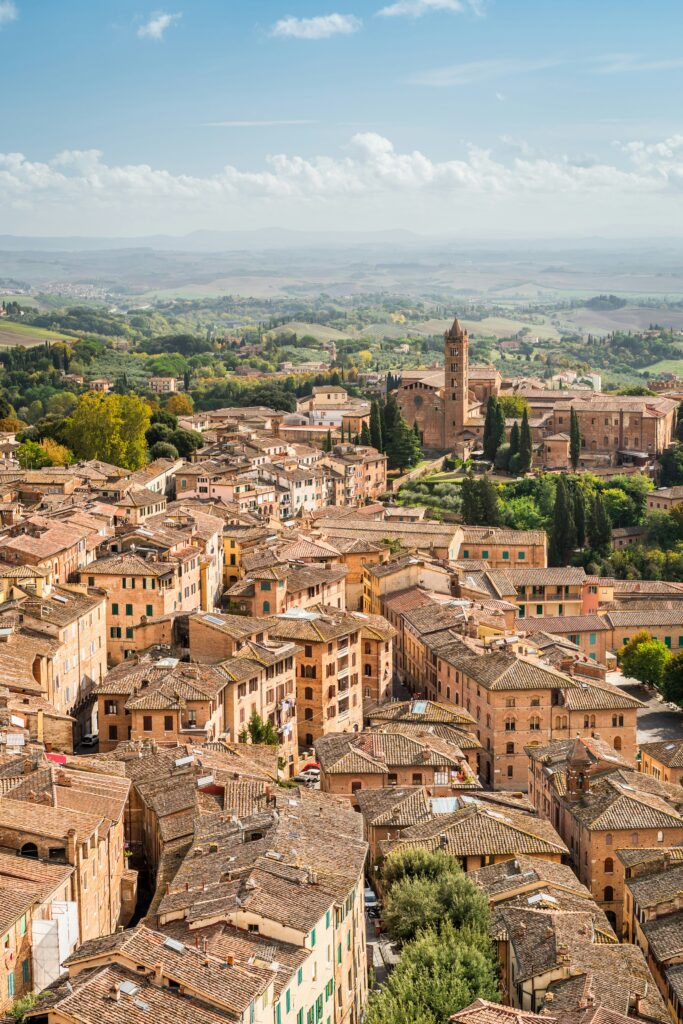
The Texture of Towns
Florence and Siena shimmer with history, but Tuscany’s true soul lives in its small towns —
San Gimignano, Montepulciano, Volterra.
Stone walls that glow at sunset, piazzas where conversations move as slowly as the shadows.
Each village has a rhythm of its own: bells marking time not as pressure but as music.
The locals live by a quiet code — work well, eat well, rest well.
That’s the essence of yoga, just expressed in espresso and dialect.
Seasons of Stillness
Every season changes the practice.
- Spring opens the air, fields full of poppies — perfect for new beginnings.
- Summer stretches time; classes happen early or late, light dances through the heat.
- Autumn grounds everything; the smell of earth and harvest deepens meditation.
- Winter is quiet — firelight yoga, red wine, slow breath.
Whenever you come, Tuscany meets you where you are.
The Lesson of Ease
In Tuscany, you don’t learn stillness; you remember it.
It’s written in the hills, in the patience of its people, in the long, golden afternoons that seem to suspend time.
The practice here isn’t about mastering poses or chasing enlightenment.
It’s about learning how to be at peace with simplicity.
And when you leave, you carry it home — that Tuscan sense of sufficiency, the soft-spoken wisdom that whispers:
you have enough, you are enough, and life, like this landscape, was never meant to be rushed.
When to Go
- Best months: April–June and September–October.
These periods offer mild temperatures (18–26 °C), blooming or harvest scenery, and fewer crowds. - Summer (Jul–Aug): Beautiful but hot, often above 30 °C; choose properties with pools or shaded yoga decks.
- Winter (Nov–Mar): Quieter and cheaper — great for restorative or writing-focused retreats.
How to Get There
- By air: Fly into Florence (FLR) or Pisa (PSA). Both have regular European connections.
- By train: High-speed lines link Florence with Rome (1 h 30 min) and Milan (2 h).
- By car: Renting a small car is ideal if your retreat sits outside towns; roads are scenic and well kept, though narrow in rural areas.
- Local travel: Buses connect major towns; most rural retreats offer transfer options from Florence or Siena.
What to Eat & Drink
Tuscany’s cuisine is simple, local, and deeply seasonal.
- Try: Ribollita (vegetable and bread soup), panzanella (bread-tomato salad), wild-boar pasta, pecorino cheese, and extra-virgin olive oil pressed nearby.
- Wine: Chianti Classico, Brunello di Montalcino, and Vino Nobile di Montepulciano pair perfectly with slow evenings after practice.
Meals at retreats often follow the poco ma buono principle — small portions, big flavour, local ingredients.
What to See & Do
- Cultural highlights: Florence’s Renaissance art, Siena’s medieval streets, San Gimignano’s towers, and hilltowns like Pienza or Cortona.
- Nature & wellness: Hike in the Val d’Orcia hills, visit the thermal baths at Bagno Vignoni or Saturnia, or rent e-bikes among vineyards.
- Experiential add-ons: Wine tastings, cooking classes, olive-oil tours, and pottery workshops blend perfectly with mindful travel.
Why It Works for Yoga & Wellness
Tuscany’s landscape naturally promotes relaxation — open views, stable weather, clean air, and warm hospitality.
Many villas and farmhouses have outdoor yoga decks facing the fields or dedicated wellness rooms for restorative practice.
The mix of gentle countryside activity, healthy Mediterranean food, and cultural depth makes it one of Europe’s most balanced retreat destinations.
Practical Tips
- Bring light layers — mornings and evenings can be cool even in summer.
- Italian outlets require type L adapters.
- Learn a few phrases (buongiorno, grazie, per favore) — locals appreciate it.
- Sundays are slow: shops close, roads empty, perfect for reflection.

